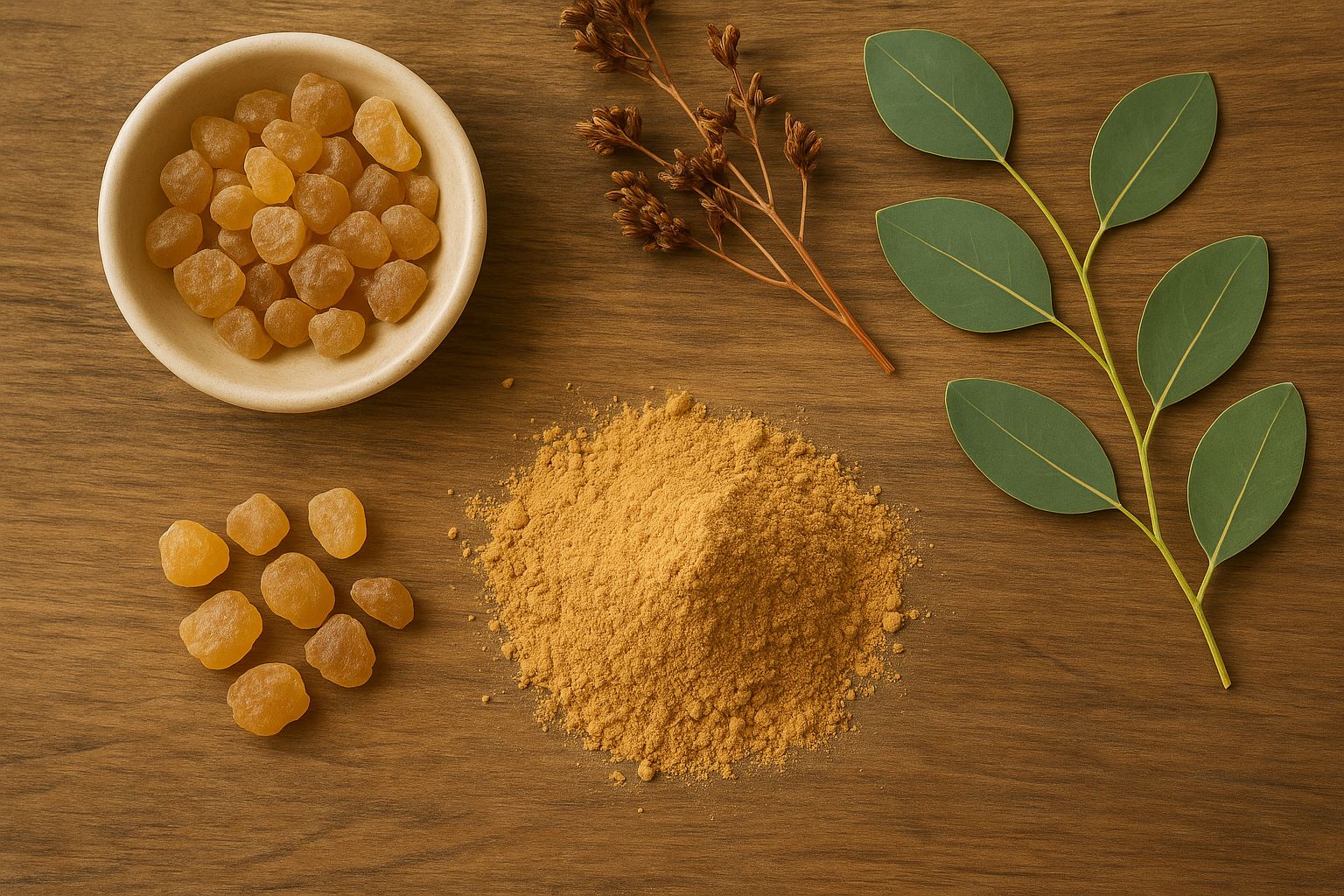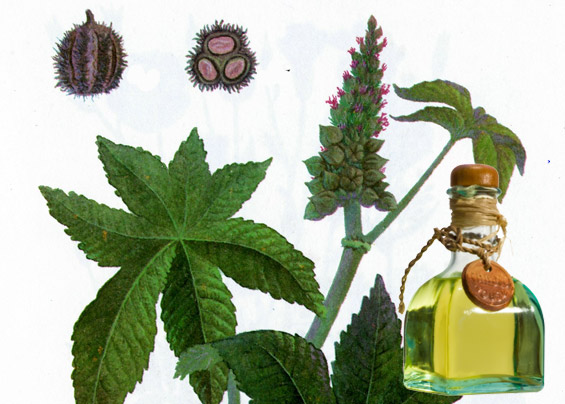What are treatment options for RA? There are many medications for rheumatoid arthritis, but painful flare-ups are still a fact of life. The good news is there are many things you can do to reduce, and even prevent, pain. “It is something that affects you throughout life, so you want to find ways to perform activities while protecting your joints and respecting your body,” says Rhonda Reininger, director of rehabilitation compliance at NYU Langone Medical Center's Rusk Rehabilitation.
Here, doctors recommend 10 techniques to help ease the pain of rheumatoid arthritis.
1. Always protect your joints.
The main thing Dr. Reininger teaches patients is to protect their joints—even patients who are currently symptom-free. That means always thinking about your joints, even when you're doing small tasks, she says. Take lifting a heavy pot, for example—instead, slide it across the counter. Other options include using a shoulder to open a door rather your hand and holding books in the palm of your hands, not with your fingers.
2. Get enough exercise.
Exercise can be a key component in keeping joint pain at bay. It can also give you more energy and improve your mood. Walking, cycling, swimming, and light weight training done three times a week for 30 minutes can offer these benefits, but check with your doctor to make sure they are safe for you. However, Reininger recommends avoiding heavy weights, and beginning with short periods of exercise until you know how a workout will make you feel. If you have pain for more than an hour afterward, you’ve overdone it. Other tips: Don’t exercise when joints are inflamed; take a break if you feel pain; and alternate positions periodically when performing tasks such as gardening or cooking.
3. Make sure you stretch, too.
Assuming you are pain-free, Reininger says you should try to stretch all of your joints each day to the extent that it does not cause you pain. (Tip: A physical therapist or other physician can help tailor a stretching program for your needs.) People with RA tend to feel stiffer in the morning than at other times of the day, so take a shower to warm up your joints, and then stretch to help loosen you up for the rest of the day, Reininger advises.
4. Get enough rest.
Taking a break can relax your mind, ease pain in your joints, and help reduce the fatigue that is often associated with the disease. So how much do you need? “Rest is personal—it depends on a person’s endurance,” Reininger says. However, avoid too much rest. A sedentary lifestyle can be harmful, so intersperse rest periods with activity.
5. Take a warm bath or shower
Moist heat in particular seems to penetrate well and provides relief from rheumatoid arthritis pain, according to Reininger. She recommends taking a warm bath or shower or soaking sore hands in warm water. Additionally, moist heating pads, available at most pharmacies, can be applied for 10 to 15 minutes at a time to provide temporary pain relief.
6. Try a hot wax bath.
If you have pain in the joints of the hands or feet, a hot wax bath can ease inflammation. (This is a classic technique used for sports-related injuries.) Reininger says this can work better than a heating pad because, as with soaking in a warm water bath, the heat works its way completely around the fingers or toes. These hot wax baths, which Reininger says that some patients prefer, can be found online or at drug stores.
7. Use a cane for comfort and mobility.
A lot of people think a cane signifies disability, but if it helps reduce joint pain, who cares? Canes are easy to find and use and can take up to 20% of your body weight off of your legs, hips, and ankles.
8. Work with a nutritionist to help you lose a moderate amount of weight, if necessary.
Being overweight can place excessive stress on, and adversely affect, your weight-bearing joints like the knees, back, and hips, Reininger says. Studies have shown that fat tissue may produce chemicals that can increase inflammation, something rheumatoid arthritis patients need to avoid.
9. Use tools made specially for RA.
Certain types of equipment can help make everyday tasks less painful. Pens, knives, can openers, zipper pulls, and additional products are available to help you protect your joints, Reininger says. The good news about finding such equipment is that you don’t always have to look in specialty stores for them. Many tools are designed simply to make them easier to use—kitchen tools with large handles, ergonomic can openers, and large drawer pulls.
10. Be prepared for possible flares.
It is difficult to tell when a flare-up may occur, making your joints become stiff and swollen, or when you will overdo it when exercising. Because you can’t foresee these events, it’s a good idea to be prepared and plan for problems before they arise. Reininger says to make sure any activity you start is one that you can end partway through. Break chores up into sections—plant one garden bed one day and the second another day instead of tackling them all at once. And when exercising, it’s not necessary to do 30 minutes at once; try three 10-minute increments throughout the day.
Source: Health.com







